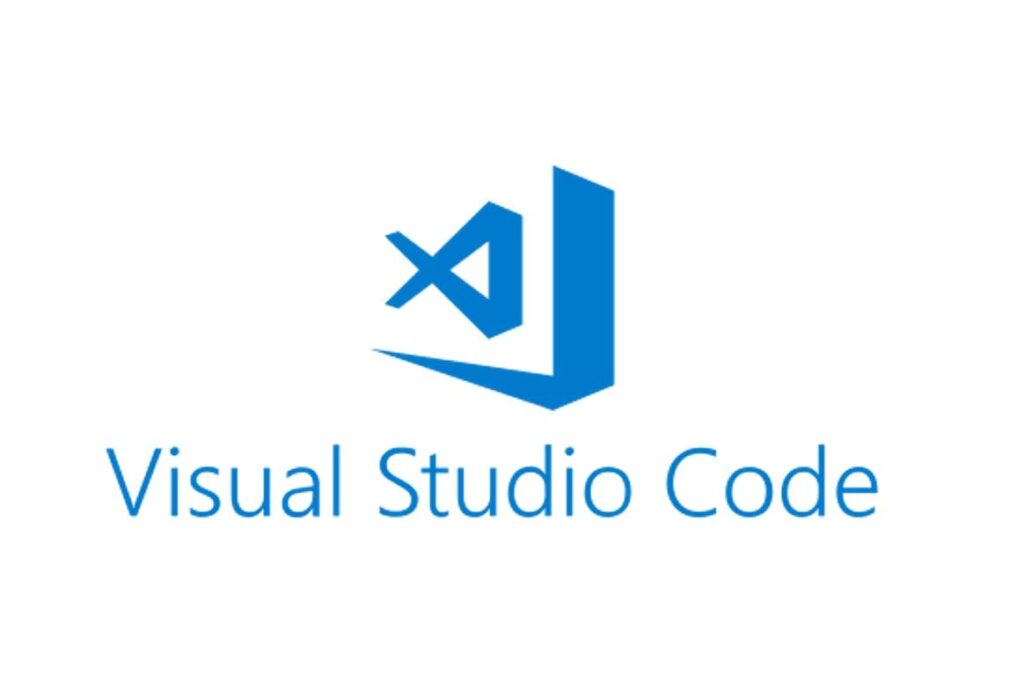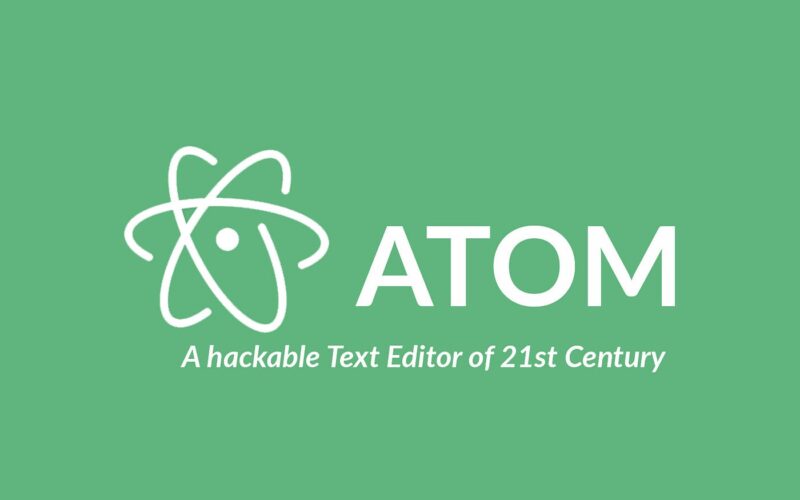In the ever-evolving landscape of coding tools, finding the right text editor or Integrated Development Environment (IDE) is paramount for efficiency and productivity. Atom, a versatile and open-source code editor, has garnered a significant user base for its features and extensibility. However, as the demands of developers continue to grow, exploring Atom alternatives has become crucial. In this comprehensive guide, we delve into the realm of Atom alternatives, their distinctive attributes, and the factors that deserve consideration when making a choice.
Unveiling Atom’s Features and Limitations
Features That Set Atom Apart: Atom has distinguished itself with a range of features tailored to modern developers. Its real-time collaboration, smart autocompletion, and seamless Git integration enhance the coding experience. The vibrant community-driven plugin ecosystem allows developers to customize and extend Atom’s functionality.
Limitations of Atom: Despite its merits, Atom does have certain limitations. One noticeable aspect is its resource-intensive nature, leading to performance issues with larger projects. Additionally, its startup time can be sluggish, which might disrupt the workflow of developers seeking swift responses. The lack of built-in features for complex projects can also pose challenges.
The Need for Atom Alternatives

As the software development landscape evolves, the need for robust and efficient coding tools is paramount. While Atom has garnered a loyal following for its versatility, the ever-expanding demands of modern developers have exposed certain limitations that warrant the exploration of alternatives. The need for Atom alternatives arises from several key factors:
1. Performance Optimization:
Developers working on resource-intensive projects require tools that can handle the load without compromising speed and responsiveness. Atom, while feature-rich, can sometimes struggle with larger projects, leading developers to seek Atom alternatives that offer smoother performance and quicker response times. Solutions like Visual Studio Code (VS Code) and Sublime Text have garnered praise for their optimized resource usage, ensuring that developers can work efficiently even on complex projects.
2. Diverse Coding Needs:
Modern coding projects often encompass a wide array of programming languages, frameworks, and platforms. Developers seek Atom alternatives that provide specialized features and support for various languages, catering to the diverse nature of their projects. JetBrains IDEs have gained prominence in this regard, offering language-specific tools that enhance productivity. Whether it’s Java, Python, or other languages, these IDEs offer tailored solutions to streamline coding tasks.
3. Seamless Collaboration:
In an increasingly interconnected development world, collaboration is paramount. Developers need tools that facilitate seamless code sharing, version control, and real-time collaboration, features that may vary in their effectiveness within Atom. JetBrains IDEs stand out for their collaborative capabilities, enabling multiple developers to work on the same codebase efficiently. Similarly, tools like Visual Studio Code come equipped with extensions that simplify version control tasks, promoting a collaborative coding environment.
4. Resource Efficiency:
Efficient utilization of system resources is crucial for developers who want to maximize productivity. Atom’s resource-intensive nature can be a hindrance, especially on machines with limited hardware capabilities. As a result, developers seek Atom alternatives that strike a better balance between functionality and resource consumption. Text editors like GNU Nano cater to this need by providing a lightweight and fast option for quick edits and coding tasks without burdening system resources.
Commonly Used Atom Alternatives For Diverse Development Needs

1. Visual Studio Code (VS Code)
Overview: Visual Studio Code, commonly known as VS Code, has become a staple in the development community. Its lightweight design, coupled with a plethora of extensions, ensures a tailored coding experience. VS Code offers an expansive library of extensions that cater to various programming languages, frameworks, and development needs. This ecosystem allows developers to tailor their coding environment, enhancing their efficiency and workflow. The integrated terminal and debugging tools further streamline the development process, making it a top choice for solo developers and teams alike.
2. Sublime Text
Overview: Sublime Text has garnered a loyal following for its speed and minimalistic interface. Its simplicity is complemented by a robust set of features. Sublime Text is celebrated for its responsiveness and speed, even when handling large codebases. Its distraction-free mode and split editing options create an immersive coding environment that fosters focus and productivity. Additionally, the extensive collection of plugins enriches the coding experience by adding features like Git integration, code linting, and auto-completion. Sublime Text’s Command Palette allows users to access a wide range of actions with ease.
3. JetBrains IDEs
Overview: JetBrains offers a suite of IDEs like IntelliJ IDEA, PyCharm, and more, each tailored for specific languages. JetBrains IDEs are renowned for their language-specific tools that cater to the unique demands of different programming languages. For instance, IntelliJ IDEA provides advanced code analysis and intelligent suggestions for Java development, while PyCharm offers specialized support for Python. These IDEs also excel in facilitating collaboration through integrated version control systems and real-time code sharing features. The inclusion of plugins and extensions further extends their functionality to suit diverse development needs.
4. Brackets
Overview: Brackets, developed by Adobe, is aimed at web developers with a focus on front-end development. Brackets streamlines the process of web development with features designed specifically for HTML, CSS, and JavaScript projects. Its live preview functionality allows developers to see the impact of their code changes in real-time, making front-end development more efficient. Additionally, Brackets’ inline editing capabilities for CSS code simplify the styling process. The Extract feature enables the conversion of Adobe Photoshop (PSD) files into CSS, easing the transition from design to code.
5. Vim
Overview: Vim is a highly configurable, terminal-based code editor with a steep learning curve but exceptional efficiency. Vim’s unique modal editing approach differentiates it from traditional editors. It offers various modes for different tasks, enhancing navigation and manipulation of code. Vim’s extensive range of plugins allows users to customize the editor to their precise requirements, adding functionality for different programming languages, version control systems, and more. Although the learning curve can be daunting, Vim’s efficiency and versatility make it a favorite among experienced developers who value speed and precision.
6. Eclipse
Overview: Eclipse is a versatile IDE known for Java development, but it supports other languages via plugins. Eclipse’s popularity in the Java development community is attributed to its robust set of features tailored for Java projects. It offers advanced coding, debugging, and testing tools that aid in the development and refinement of Java applications. Eclipse’s rich ecosystem of plugins extends its capabilities to other programming languages and frameworks. Its collaborative features, including version control integration, facilitate teamwork and code sharing among developers. The availability of extensive documentation and an active community enhances the learning experience for newcomers to the platform.
7. Komodo Edit
Overview: Komodo Edit is an open-source code editor offering a balance of simplicity and functionality. Komodo Edit strikes a middle ground between basic text editors and full-fledged IDEs. It provides code intelligence features such as auto-completion and error detection, enhancing the coding process. Komodo Edit’s version control integration supports collaborative development efforts, allowing teams to work seamlessly on shared projects. The multi-language support caters to developers working with various programming languages, making it a versatile choice for coding tasks of different complexities. The interface is designed for ease of use, and the inclusion of customizable snippets accelerates common coding tasks.
8. TextMate
Overview: TextMate is a macOS-exclusive code editor known for its simplicity and efficiency. TextMate’s minimalist interface belies its powerful capabilities. The editor’s snippet and macro support streamline repetitive coding tasks by allowing users to create shortcuts for frequently used code segments. Syntax highlighting for numerous programming languages enhances code readability, while the file browser sidebar enables easy navigation through project files. TextMate’s seamless integration with version control systems simplifies collaboration by providing direct access to version history and changes. Its efficient design and focus on core features make it a popular choice among macOS users seeking an uncluttered coding experience.
9. GNU Nano
Overview: GNU Nano is a terminal-based text editor for those who prefer lightweight and straightforward tools. GNU Nano is designed for simplicity and ease of use, catering to developers who want a fast and straightforward editing experience without the complexities of a full-featured IDE. Its basic text editing capabilities, coupled with syntax highlighting for various programming languages, make it suitable for quick edits and small to medium-sized coding tasks. GNU Nano’s intuitive shortcuts and interface enable developers to perform common tasks without navigating through multiple menus. While it may lack the advanced features of larger IDEs, GNU Nano serves as a reliable choice for simple coding and text editing tasks.
10. Emacs
Overview: Emacs is a highly extensible and customizable text editor with a steep learning curve. Emacs is renowned for its unparalleled extensibility and versatility. The editor’s extensive collection of packages and plugins, combined with its built-in package manager, enables users to tailor Emacs to their specific coding requirements. Emacs’ support for various programming languages, coupled with its powerful text editing capabilities, makes it a favorite among developers who value customization. While the initial learning curve can be challenging, Emacs’ deep integration with development workflows and its ability to adapt to individual preferences make it a valuable long-term investment for those willing to invest time in mastering its intricacies.
Factors To Consider While Choosing The Perfect Atom Alternative

1. Project Scope and Complexity
The complexity of your projects and the programming languages you work with play a pivotal role in selecting the right Atom alternative. Projects that involve multiple languages or frameworks may benefit from IDEs like JetBrains, which offer specialized tools for each language. On the other hand, text editors like Sublime Text or Vim might suffice for smaller, single-language projects.
2. Performance and Resource Usage
Consider the efficiency and resource consumption of the Atom alternative, especially if you handle large-scale projects. If you’re dealing with resource-intensive tasks, a lightweight code editor like Sublime Text or GNU Nano might be a better fit. However, if you require a robust set of features and integrated tools, an IDE like Visual Studio Code or Eclipse could provide the necessary performance without sacrificing functionality.
3. Customization and Extensibility
Evaluate the availability of plugins, themes, and customization options that align with your coding preferences. Visual Studio Code’s extensive library of extensions makes it a versatile choice, allowing you to tailor your coding environment to your specific needs. Similarly, Emacs’ extensibility and package ecosystem provide a highly customizable platform for creating a personalized development environment.
4. Collaboration Capabilities
If collaboration is crucial, assess the real-time collaboration and version control features of the Atom alternative. JetBrains IDEs, with their integrated version control systems and collaborative coding features, are particularly well-suited for team-based projects. Likewise, editors like Visual Studio Code offer extensions that streamline version control and enable seamless collaboration among developers.
5. Learning Curve
Factor in the learning curve of the Atom alternative, especially if you’re transitioning from a tool like Atom. Sublime Text’s intuitive interface and Vim’s unique modal editing might require less adjustment, making them suitable for developers seeking a relatively quick transition. On the other hand, tools like Emacs offer a wealth of features but require a more significant time investment to master.
In Conclusion
The search for the ideal Atom alternative is a journey shaped by your unique coding needs. Each of the mentioned Atom alternatives has its strengths and caters to specific requirements. Whether you seek the lightning-fast performance of Sublime Text or the language-specific prowess of JetBrains IDEs, the development world offers an array of options to enhance your coding experience.








